WAXING PROS AND CONS
Waxing has many pros, especially when you consider the many different types of wax and the respective formulas of each out there. The largest benefit lies in its effectiveness and long-lasting results.
Since it removes hair from the root in the opposite direction of hair growth, there’s a stronger pull and leaves less room for incomplete removal, patchiness, breakage, or ingrown hair growth. Especially important for those with coarse or thicker hair.
An additional perk of waxing is its long-lasting results. Since it removes hairs from the root, leading to slower regrowth periods. In contrast, sugaring’s approach leads to more salon appointments due to faster regrowth periods.
Waxing is also highly effective for large bodily areas, especially when using highly pliable and spreadable formulas like Blue Film Hard Wax.
Swiftly removing hair from large areas over the back, chest, or legs leaves you with long-lasting smooth skin, making for an effective and efficient removal.
A con of waxing is the chance of irritation for those with sensitive skin due to a stronger pull.
Thanks to specialty formulas like Starsoft Hard Wax, created for hypersensitive skin prone to redness and irritation, or Calendula Hard Wax, made for those with oily, acne, or ingrown-prone skin types, this chance of irritation is reduced.
READ: Working with Dry vs. Dehydrated Skin: A Guide for Professionals









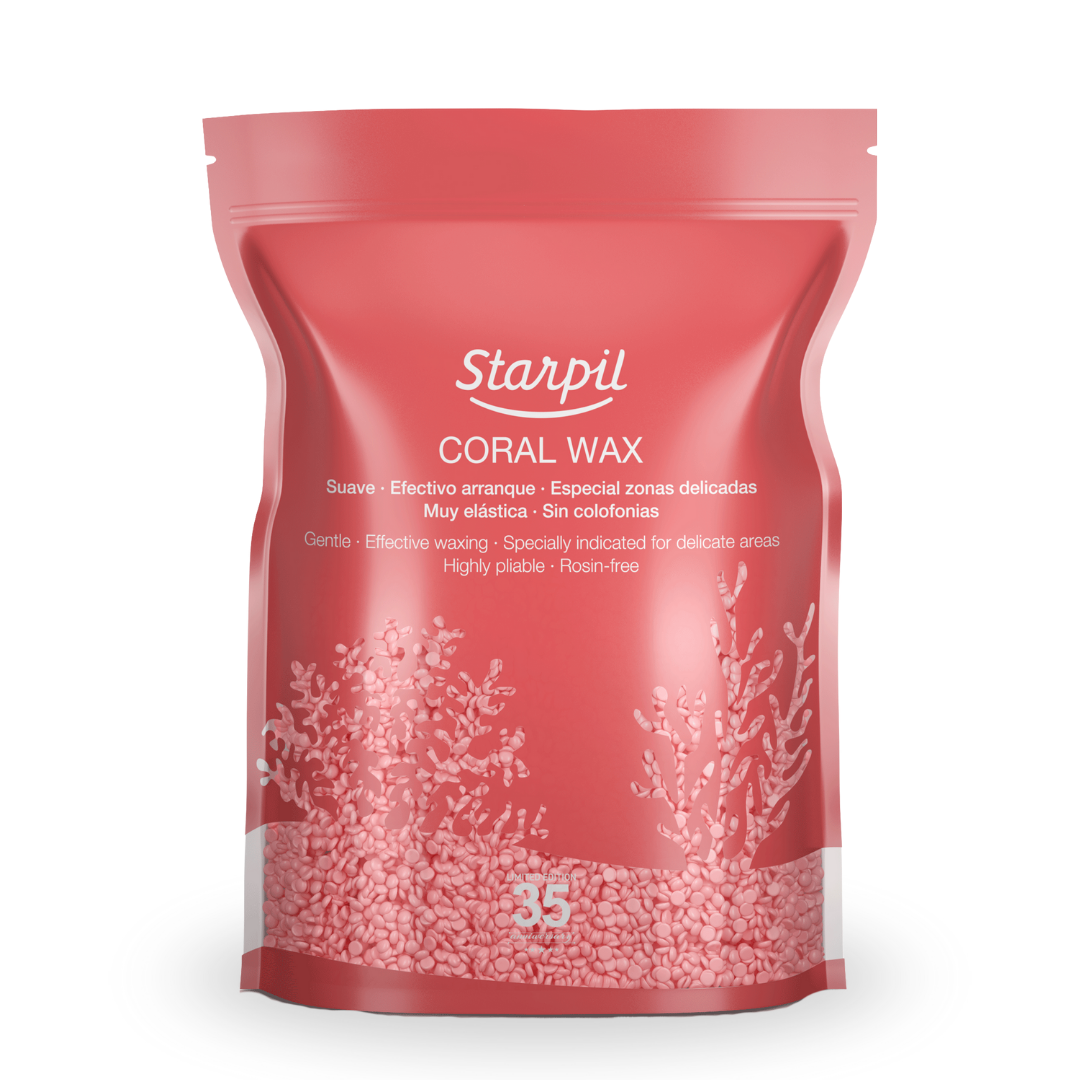
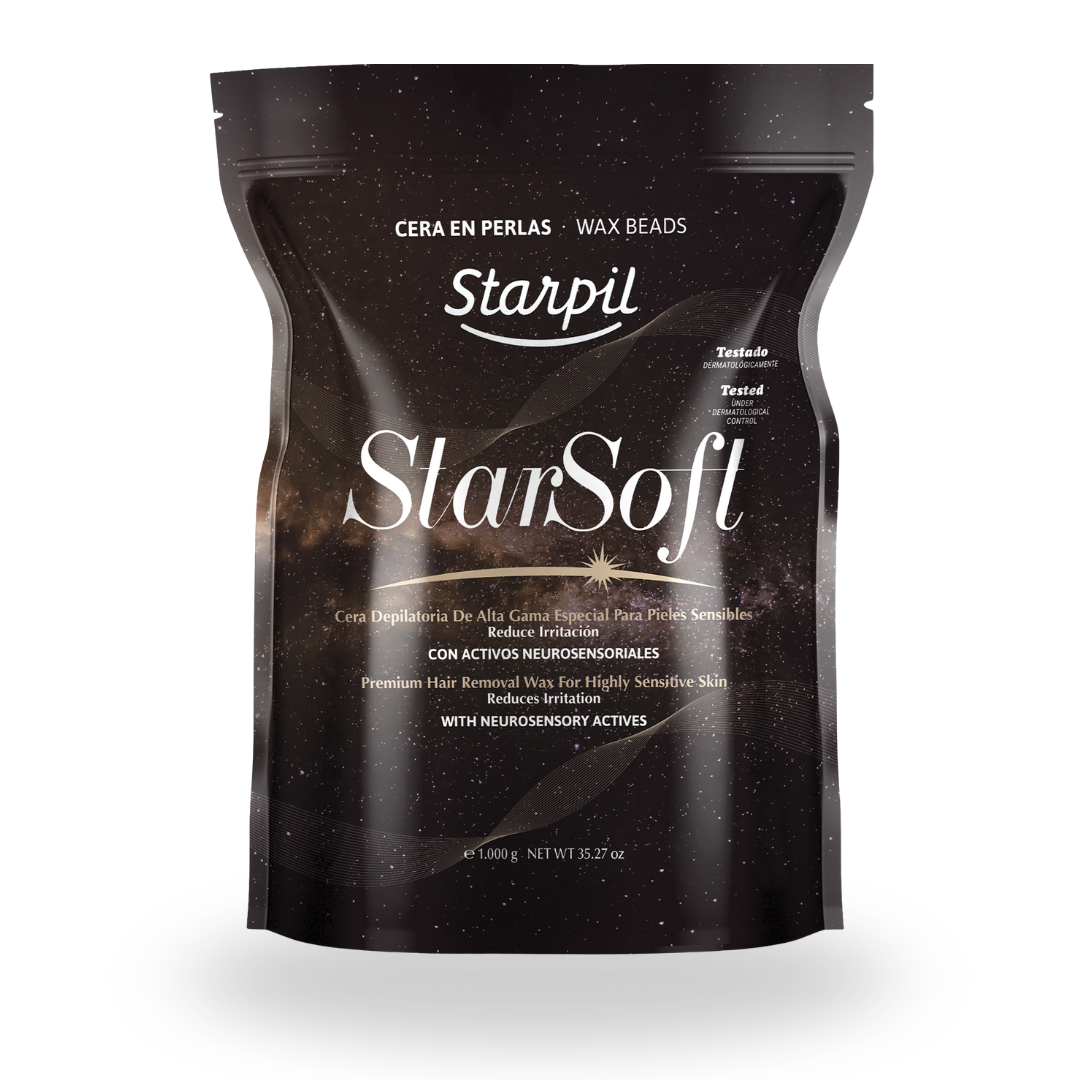
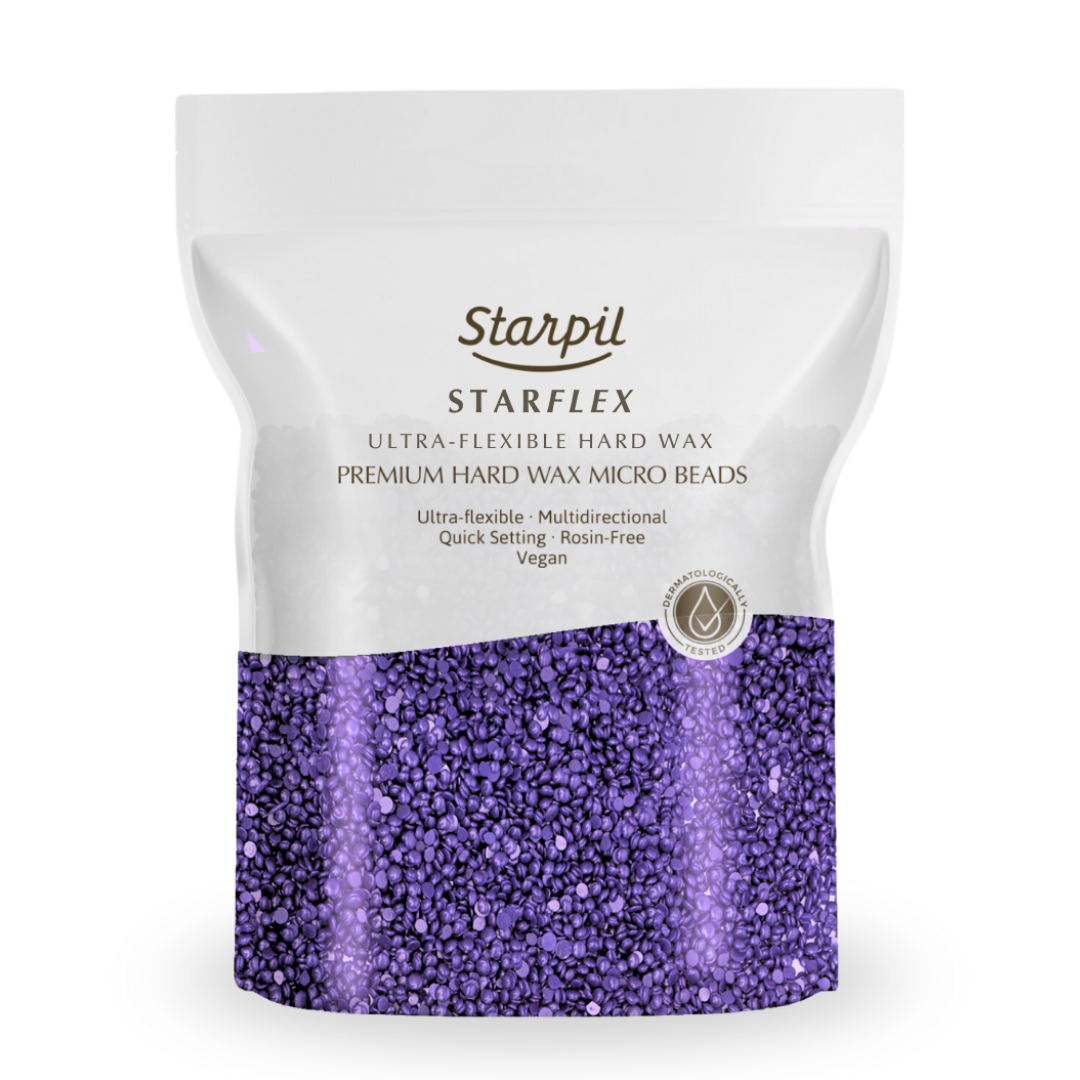
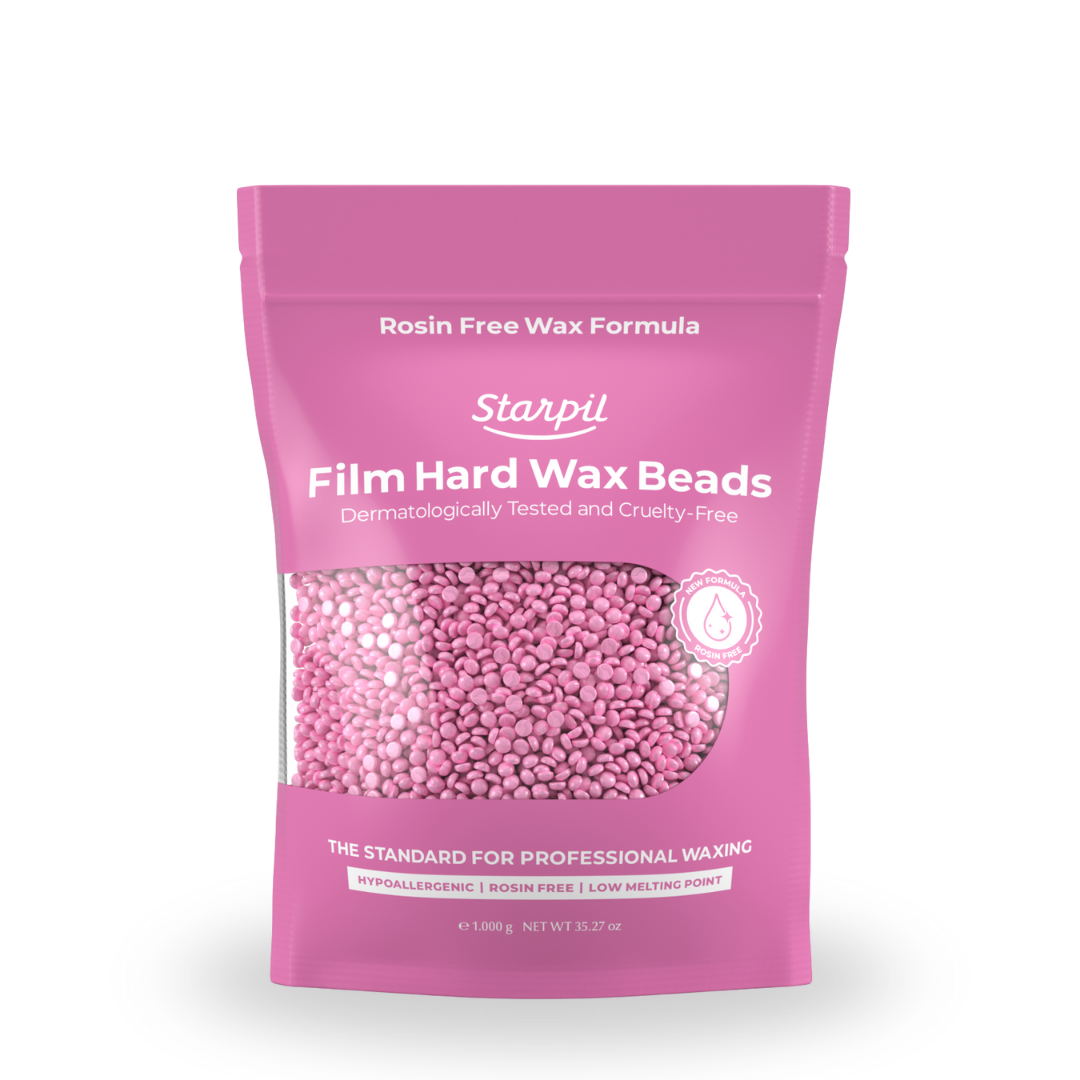
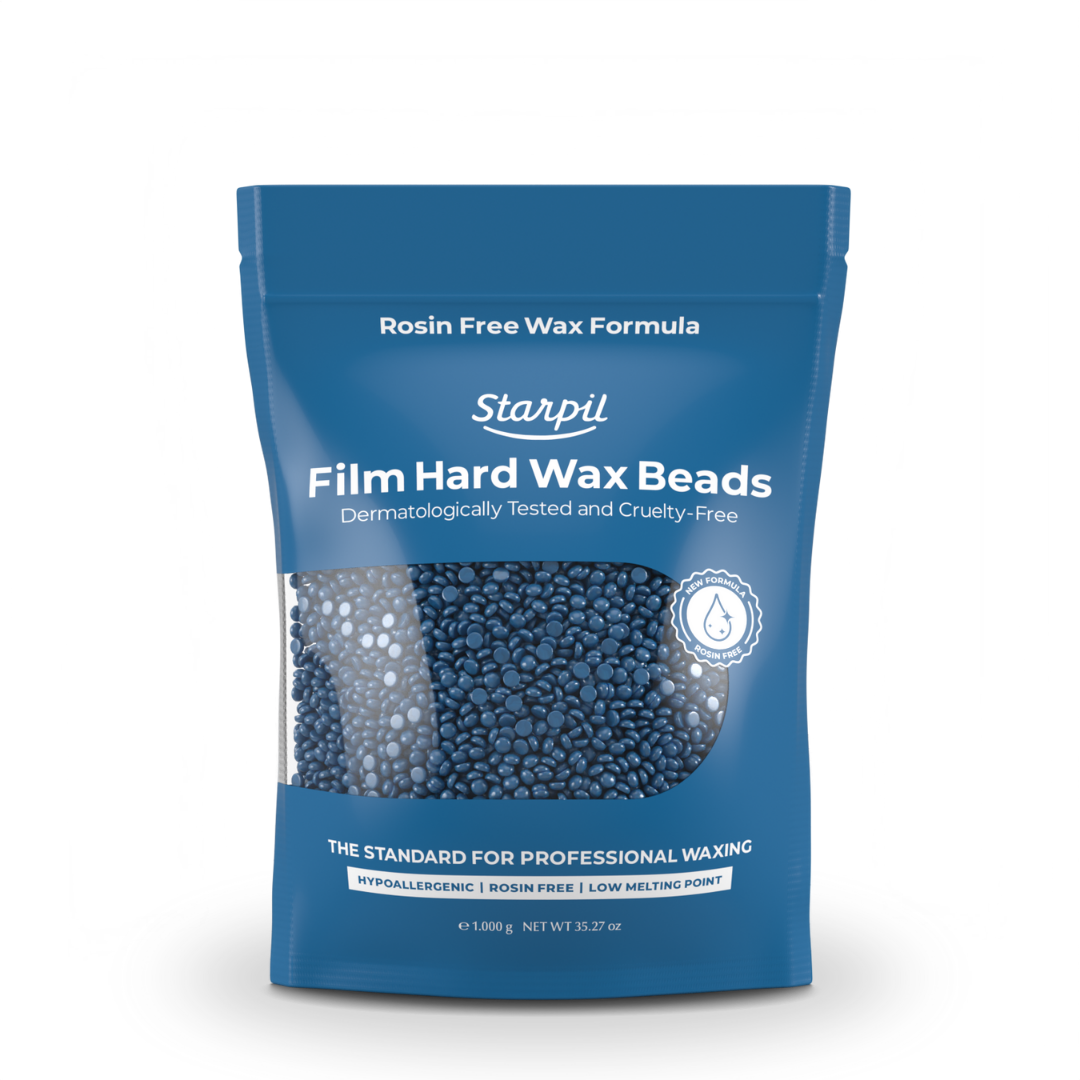
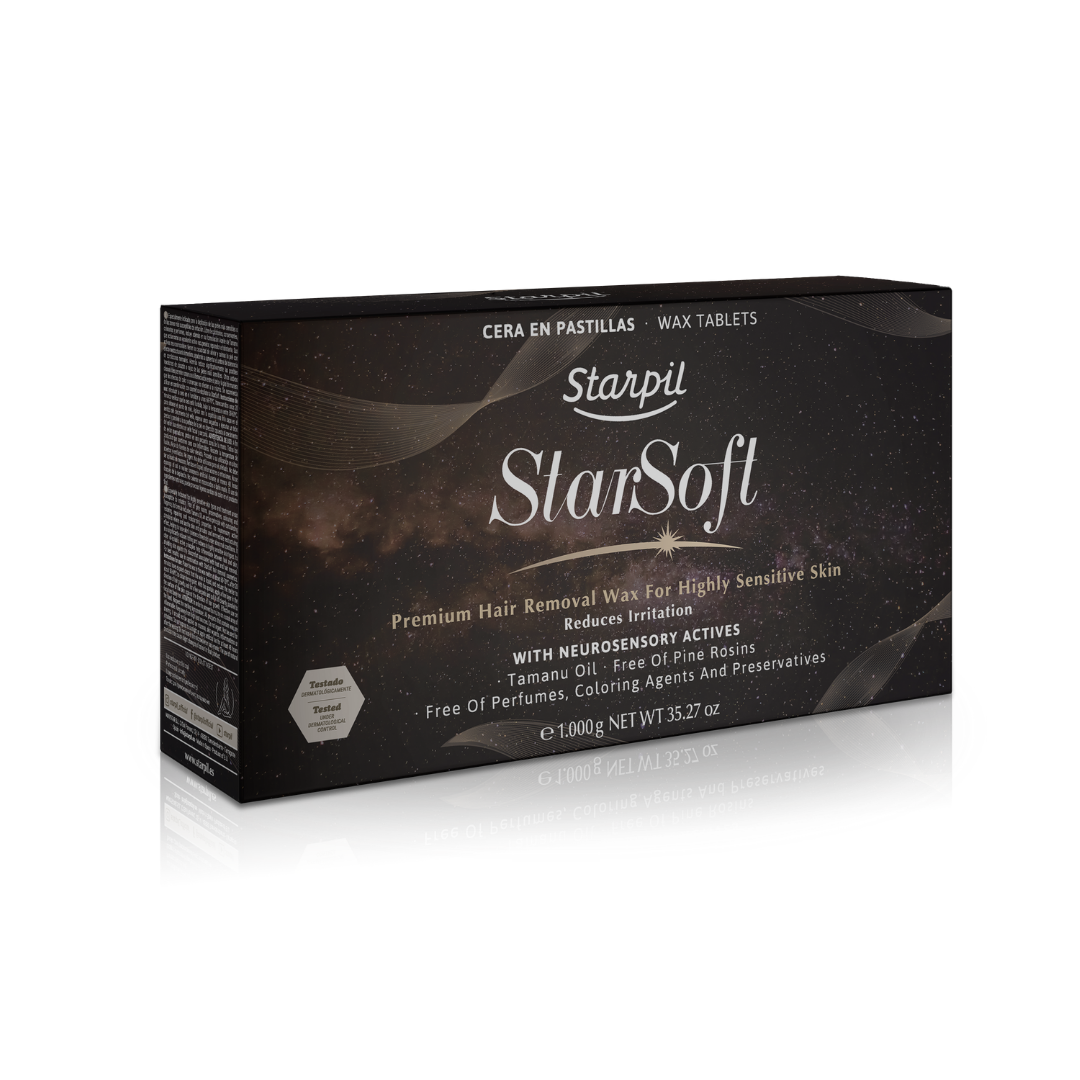
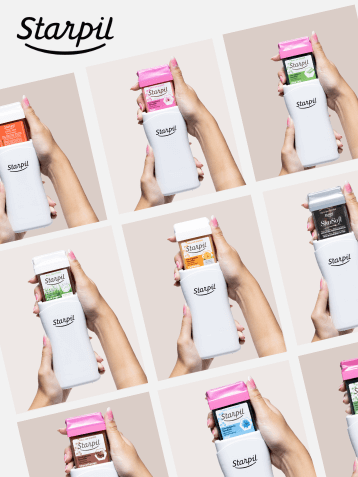
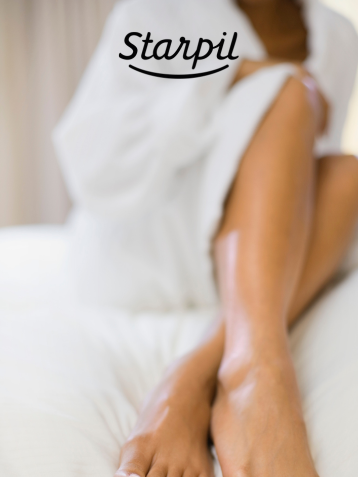
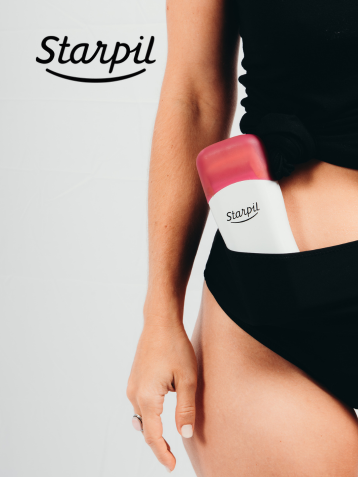
Commentaires